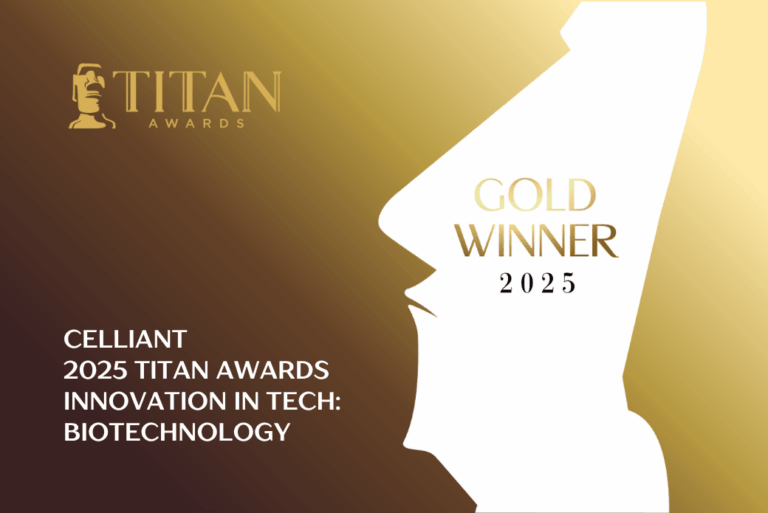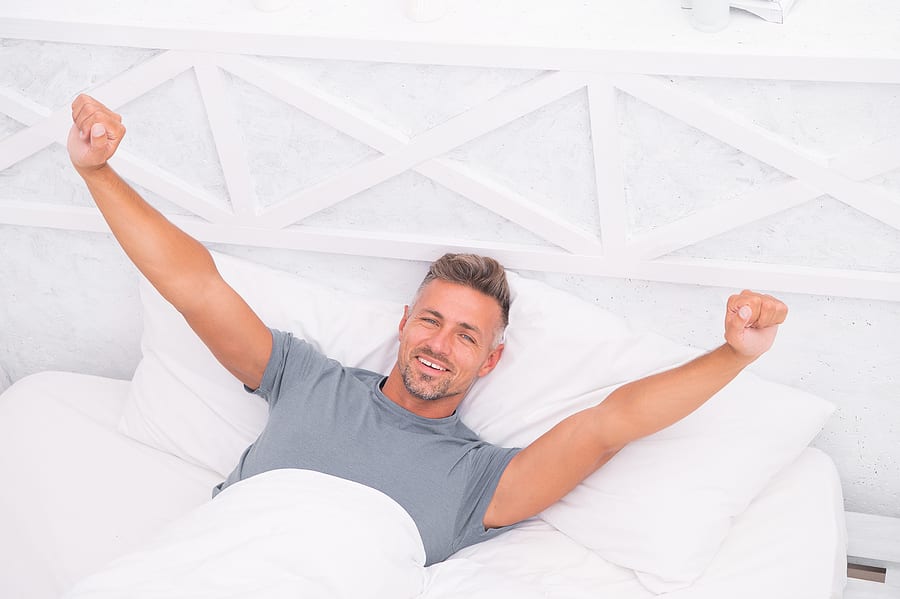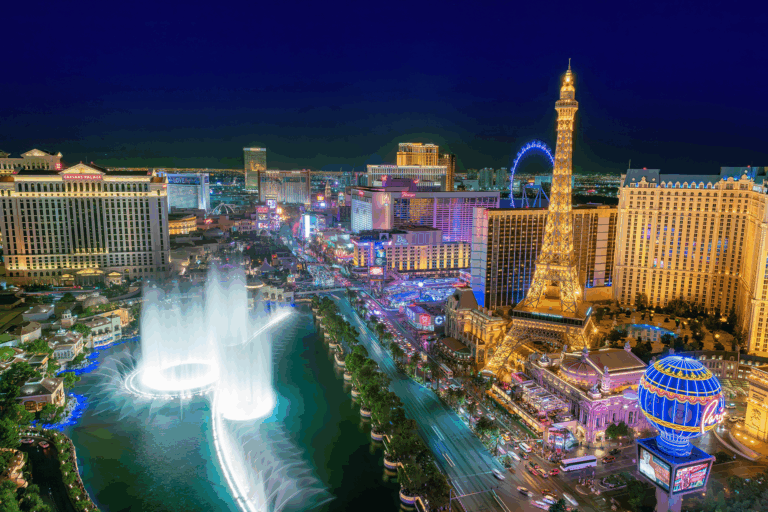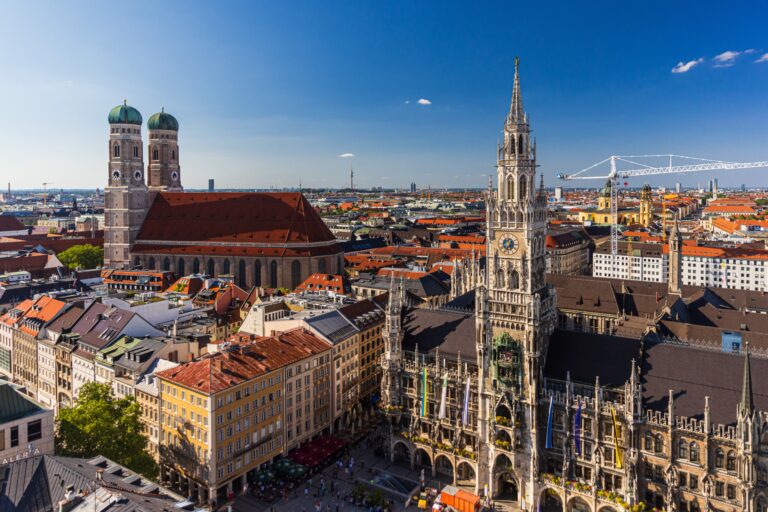
TITAN Award Announcement
October 14, 2025 – Hologenix, LLC, the inventors of CELLIANT® infrared technology, is proud to announce that we have been honored as a Gold Winner in the 2025 TITAN Innovation Awards in the category of…



October 14, 2025 – Hologenix, LLC, the inventors of CELLIANT® infrared technology, is proud to announce that we have been honored as a Gold Winner in the 2025 TITAN Innovation Awards in the category of…

October 3rd, 2025 – This year, CELLIANT is thrilled to be part of LongevityFest 2025, the premier event on health optimization and longevity medicine, offering excitement on-site in Booth #12062…

September 05, 2025 – Join CELLIANT at Booth G20 in Hall A1 at this fall’s Performance Days trade show to explore how CELLIANT helps transform everyday apparel into passive wellness tools…
To access all of our reports please input your email below.
Contact us at marketing@celliant.com
Thank you for your request. Please download the brochure below.
Sign up for the latest Celliant news and innovations.
REQUEST INFORMATION